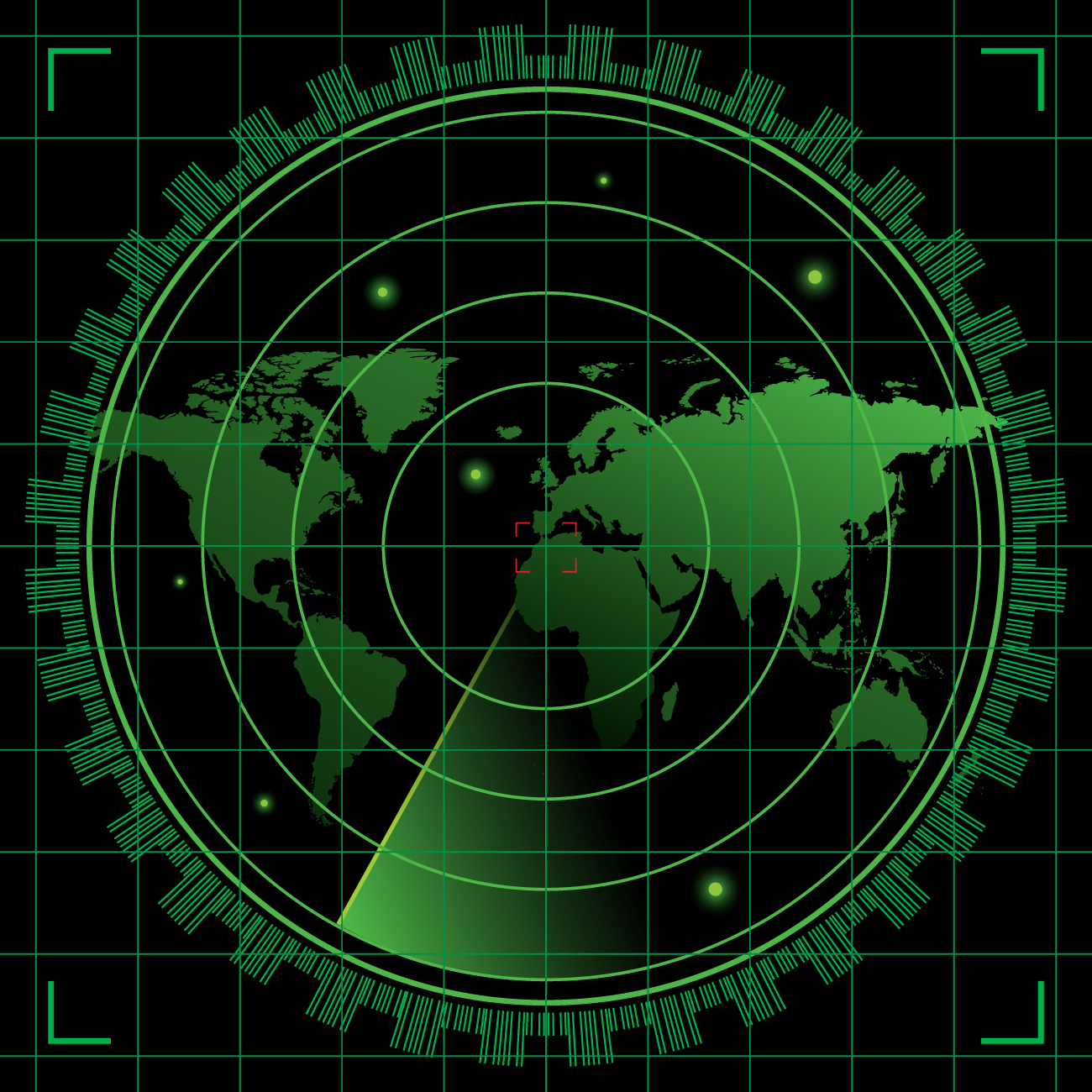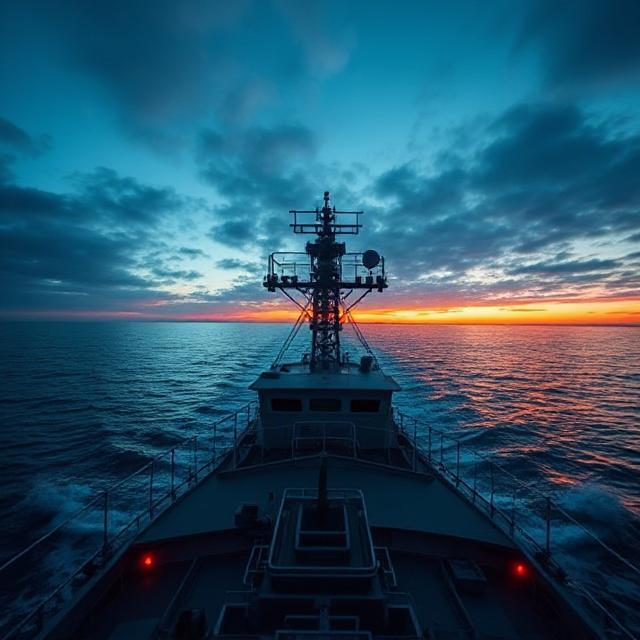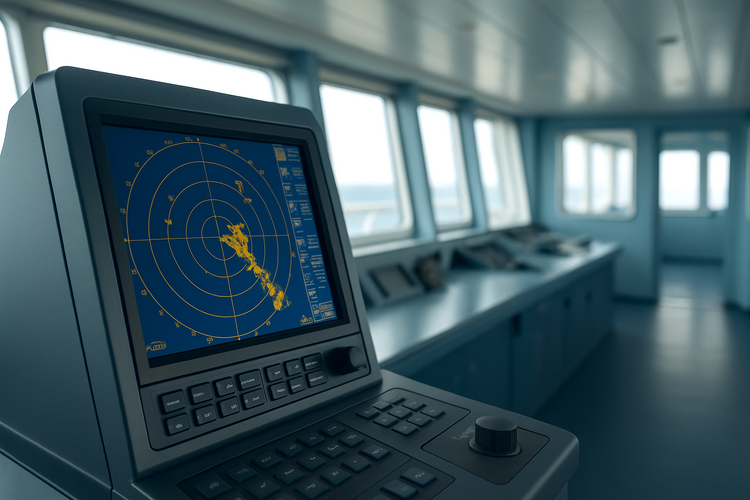The Role of Marine Radar in Navigation Systems
In today’s world, technology plays a big role in every part of our lives — including how ships travel across oceans. One of the most important technologies used in marine navigation is radar. Marine radar systems help ships stay safe, avoid collisions, and reach their destinations accurately. In this blog, we will explore what marine radar is, how it works, why it is important, and how it fits into modern navigation systems.
What is Marine Radar?
Marine radar is a system used on ships to detect objects such as other vessels, land, obstacles, and even weather formations. It works by sending out radio waves and then listening for the echoes that bounce back from objects. These echoes are used to create a visual picture on a radar screen, which helps the crew know what is around them — even when it’s dark or foggy.
Key Functions of Marine Radar:
- Detect other ships and boats
- Identify coastlines and landmasses
- Avoid collisions
- Monitor weather patterns
- Navigate through poor visibility conditions
How Does Marine Radar Work?
Marine radar works using a simple principle called radio wave reflection. A radar antenna sends out short bursts of radio energy. When these waves hit an object, they bounce back to the radar receiver. The time it takes for the wave to return helps the system calculate the distance and direction of the object.

This information is shown on a display screen, often in real-time, giving the ship’s crew a map of the surrounding area — even in bad weather or darkness.
Types of Marine Radar Systems
There are different types of radar used in marine navigation. Some of the common ones include:
1. X-band Radar
- Operates at high frequency
- Gives a sharp image
- Good for spotting small objects
- Ideal in clear weather
2. S-band Radar
- Operates at lower frequency
- Better performance in rain and fog
- More suitable for long-range detection
- Most ships today use both types together to get a complete and accurate picture of their surroundings.
The Evolution of Marine Radar Technology
Marine radar has come a long way. Early radars were large, slow, and not very accurate. Today’s marine radars are much smaller, faster, and more precise. They are also connected to other systems like GPS, AIS (Automatic Identification System), and electronic charts.
Modern marine radar systems:
- Use digital processing
- Provide real-time imaging
- Integrate with automation systems
- Are more energy-efficient
- Offer touchscreen interfaces and custom settings
Why Marine Radar is Important in Navigation

Navigation at sea is not always easy. Conditions can change quickly, and ships may travel for days or weeks without sight of land. Marine radar plays a vital role in keeping ships safe and on course.
1. Collision Avoidance
- Radar helps ships detect other vessels and take action early to avoid crashes, especially in busy sea routes or near ports.
2. Low-Visibility Navigation
- In fog, rain, or at night, radar is often the only way to see what’s around the ship.
3. Safe Docking and Berthing
- When entering a port, radar assists in guiding the ship safely to its berth, especially in tight spaces.
4. Route Monitoring
- Modern radars can track the ship’s course and alert the crew if it drifts off its planned path.
5. Weather Awareness
- Some radar systems can detect storm cells and help the crew change course to avoid bad weather.
Integration with Modern Navigation Systems
Today’s ships do not rely on radar alone. They use an entire system of navigation components. Marine radar is a central part of this setup, often connected with:
1. GPS (Global Positioning System)
- GPS tells the ship where it is on the globe. Radar adds nearby object detection to this information.
2. AIS (Automatic Identification System)
- AIS transmits the ship’s position to others and receives theirs. Radar confirms the AIS data and shows ships not carrying AIS.
3. ECDIS (Electronic Chart Display and Information System)
- Marine radar can overlay its data onto digital maps, helping the crew make better decisions.
4. ARPA (Automatic Radar Plotting Aid)
- ARPA works with radar to track multiple targets and predict collisions automatically.
Benefits of Using Marine Radar
Using marine radar brings many advantages for shipowners, captains, and crew members.
1. Safety
- Radar is the first line of defense against accidents at sea. It helps avoid collisions and groundings.
2. Accuracy
- Modern radar systems provide detailed and accurate images, helping ships stay on track.
3. Efficiency
- By helping ships follow the best routes and avoid delays, radar contributes to fuel savings and better time management.
4. Reduced Human Error
- Radar systems with auto-tracking and alerts reduce the chances of mistakes by humans.
5. Improved Decision Making
- With real-time data from radar and other systems, crew members can make smarter decisions during navigation.
Future Trends in Marine Radar Technology
Technology is always evolving, and marine radar is no exception. The future will bring even more powerful and efficient radar systems.
1. AI Integration
- Radar systems powered by artificial intelligence can analyze data faster and alert crews to potential dangers without human input.
2. Smaller and Smarter Devices
- Radar units will become more compact and easier to install, especially for smaller vessels.
3. Energy Efficiency
- New radar models will use less power, helping ships lower their carbon footprint.
4. Augmented Reality (AR)
- Some radar displays will use AR to show objects in 3D, making navigation even easier and more intuitive.
5. Remote Monitoring
- Fleet managers will be able to track radar data from shore-based control rooms.
Marine radar is an essential component in today’s navigation systems. It helps ships move safely, avoid accidents, and operate efficiently, even in challenging conditions. As part of a modern, automated navigation system, radar works with other technologies to ensure that vessels of all types — from cargo ships to fishing boats — can sail confidently and securely.
Whether you are a ship owner, captain, or marine engineer, understanding the role of marine radar can help you make better decisions for safety, performance, and future planning. As technology continues to advance, radar will remain essential in shaping the future of marine navigation.

